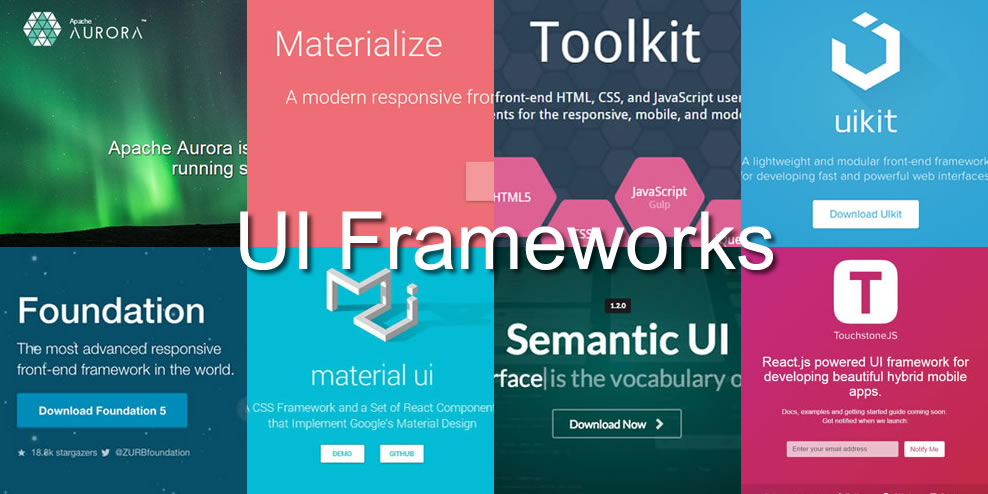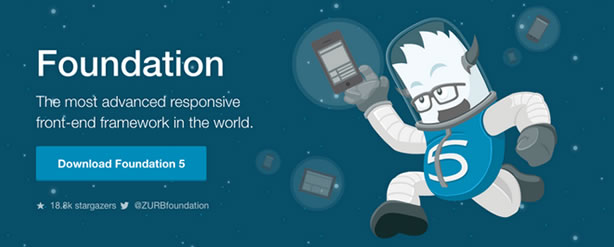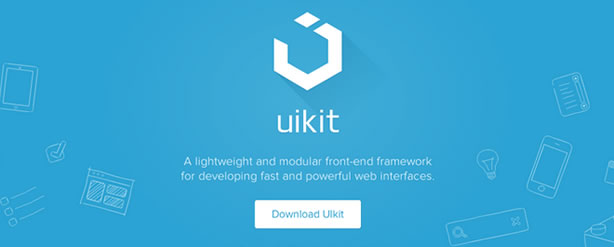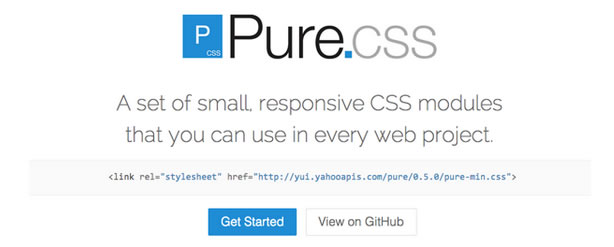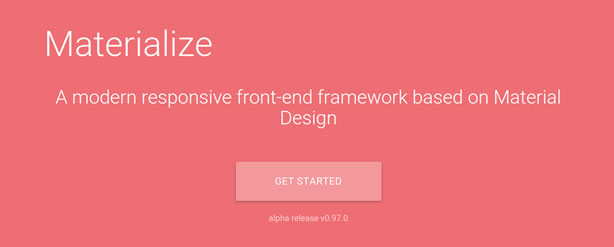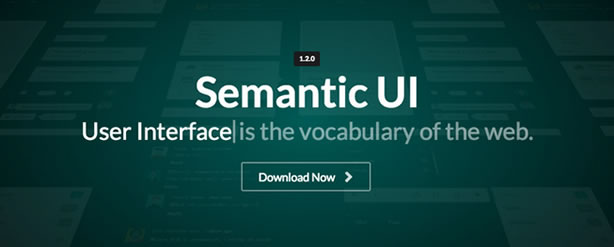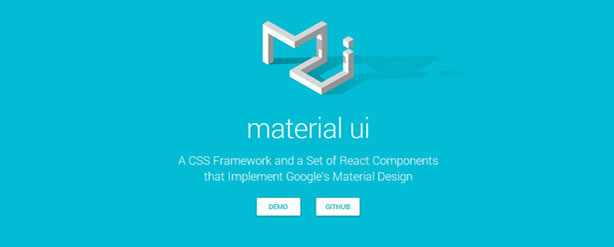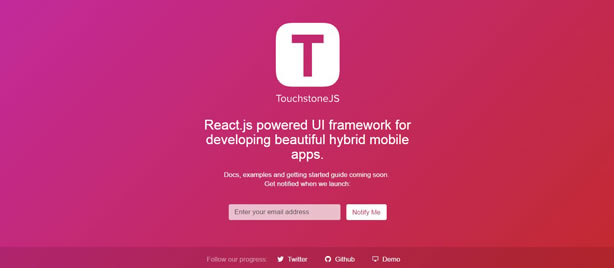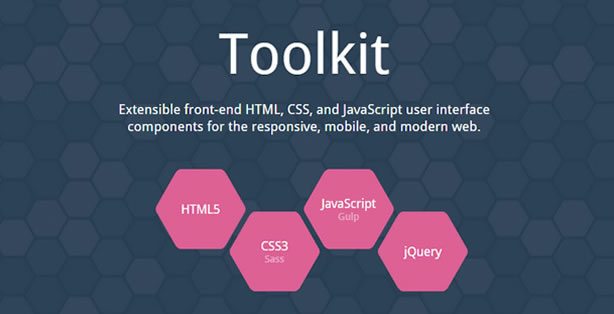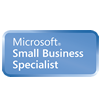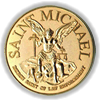9 Super Front-End Frameworks That You Should Know About
Nowadays any site must be flexible in order to satisfy different browsers, tablets, smartphones and any other device. This is where front-end development frameworks come into play.
With frameworks you can build a well structured, maintainable and upgradable website. It also helps you save much on your time allowing you to create responsive, standard-compliant websites with minimum effort while at the same time keeping everything simple and consistent. Thereby, frameworks give you a lot of benefits such as speed and simplicity, consistency across different devices, and much more. In brief, frameworks make this job easier.
Lately, the number of frameworks have greatly increased, and as you know, Bootstrap and AngularJS are on the top standings. In order to help you pick the most appropriate framework to use, in this post we’ll compare 9 best frameworks available today. Enjoy!
1- Foundation
Foundation for Apps is a frontend framework for creating fully responsive apps. It lets you build any kind of web app, with a completely new grid system for building flexible, immersive apps. With a solid company like ZURB backing it, this framework has a truly strong. After all, Foundation is used on many big websites including Facebook and Ebay to name a few.
2- UI Kit
UIkit is a free, concise collection of easy to use and easy to customize components. A lightweight and modular front-end framework. Successfully used in many WordPress themes, UIkit has a well-structured, expandable and maintainable code. It also offers a grid system which is responsive, fluid and nestable. With UIkit you can build navigation, buttons, modals, dropdown and more responsively.
3- Pure.css
If you are planning to build a web app that works both on desktop and mobile, then you should consider of using Pure from Yahoo. Pure has much better performance when it comes to mobile devices than Bootstrap. As its name suggests, Pure is a lightweight, modular framework – written in pure CSS – that includes components that can be used together or separately depending on your needs. Build on top of Normalize.css, Pure has an extremely small file size with just 4.5KB.
4- Materialize
Built based on Google’s Material Design principles, Materialize has come as a modern responsive front-end framework. This framework is very suitable for those who want to implement Material Design look and feel into their website without any complexity. It features card design, ripple effect animation, drag out mobile menu and many more.
5- Semantic UI
Semantic UI is an ongoing effort to make building websites much more semantic. It utilizes natural language principles, thus making the code much more readable and understandable. The overall structure of the framework and the naming conventions, in terms of clear logic and semantics of its classes surpasses most frameworks.
6- Material UI
Material-UI is a CSS framework and a set of React components that implement Google’s Material Design specification. Material UI is available as an npm package. Use browserify and reactify for dependency management and JSX transformation. The CSS framework is written in Less, so you’ll need to compile that as well.
7- TouchStoneJS
TouchStoneJS is a UI framework powered by React.js for developing hybrid mobile apps. It includes form components, navigation, transitions, native touch behaviors, and much more, with more features on the way.
08- Titon Toolkit
Titon Toolkit is a collection of very powerful user interface components and utility classes for the responsive, mobile, and modern web. Each component represents encapsulated HTML, CSS, and JavaScript functionality for role specific page elements. Toolkit makes use of the latest and greatest technology.
9- Apache Aurora
Apache Aurora is a framework for long running services. Aurora runs applications and services across a shared pool of machines, and is responsible for keeping them running, forever.
Finally, if a particular framework doesn’t satisfy your needs, you can mix components from two or more projects adopting a mix-and-match approach. I hope you have found the info useful for your development task.

About Marcelo Nigro
Marcelo is a Software Engineer with more than 20 years of experience developing Web and Desktop applications for some of the most important Fortune 500 companies
Nowadays Marcelo specializes in leading the R&D department of TISA, looking for implementing the latest technologies and frameworks to be used in future projects.
Beyond his technical knowledge and passion for the technology Marcelo enjoys playing Ping-Pong and is half marathon runner, he also like listening musing from the 90's.

